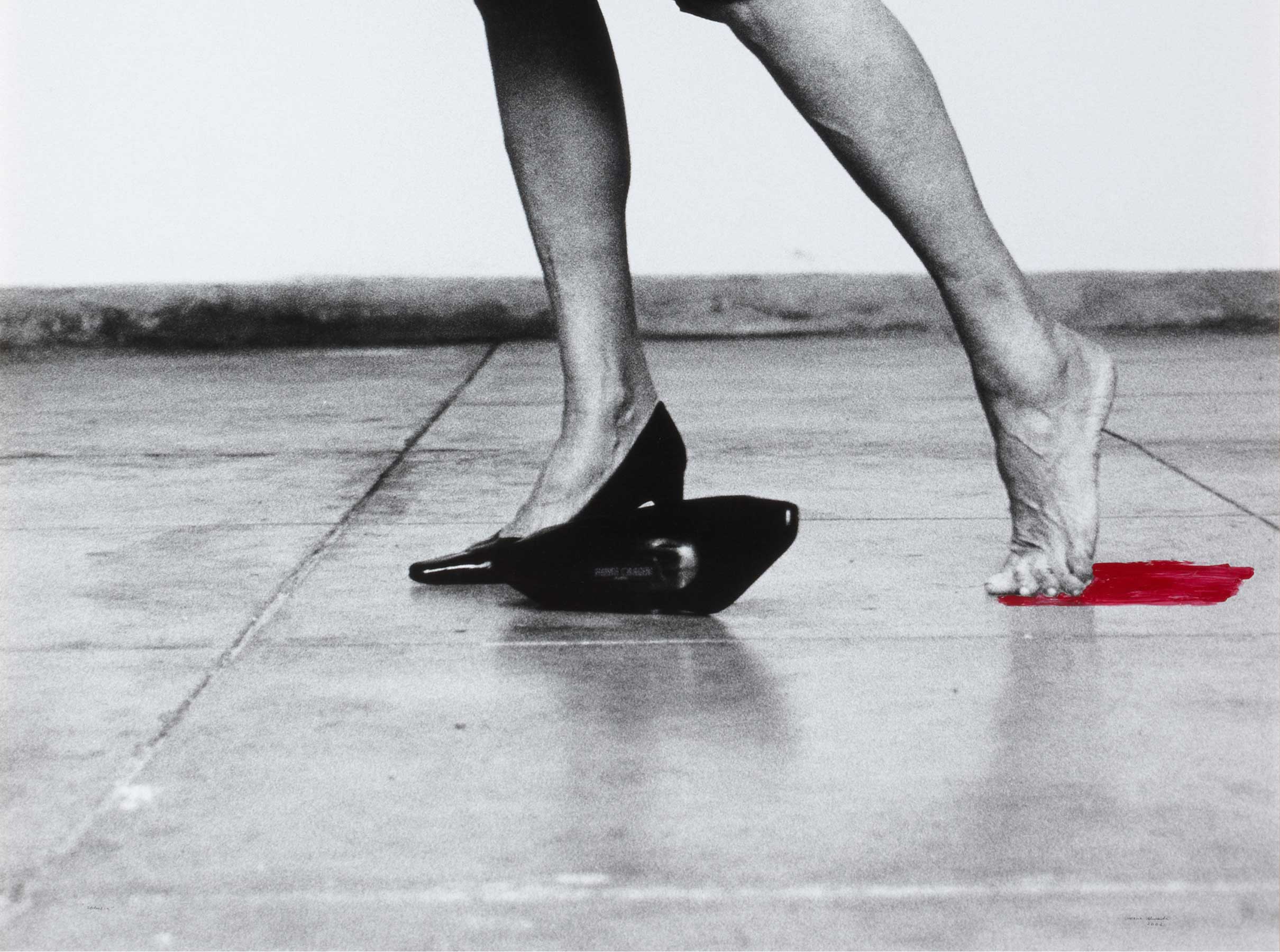Alfombra de nudo [Knotted Rug]
- 1900-1925
- Fabric with symmetrical or Turkish knots
- 1005 x 1075 cm
- Cat. A_25
- Observations: Warp: cotton. Weft: cotton. Knot: wool.
The large rug on the floor of the Committee Hall is part of a group produced at the Real Fábrica de Tapices [‘Royal Tapestry Works’] that mimic Oriental styles. Like those catalogued under numbers 102 & 139 in the Banco de España Collection, this particular rug features the so-called "medallion Ushak" style, which seems to have been a favourite among those in charge of the works. Unlike the other two, however, this rug sticks much closer to the historical precedents and its decoration is much more detailed, perhaps because it is big enough to permit this.
It follows the characteristic pattern of this type of rug: a primary medallion in the centre and four secondary medallions at the corners. The central medallion has the typical pointed-arch form, surrounded by an equally typical 'cloud collar'. The lengthwise axis of the medallion is finished in two trailing lines. Following the axis of these lines are two more similar lines, connecting to the beginnings of two further primary medallions extending beyond both ends of the field. The inside of the main medallion is decorated with palmettes, split leaves and holm oak leaves depicted in various colours on a sky-blue background. The secondary medallions are polylobulated and, in contrast with the Turkish pattern on which they were based, more than half of their surface area is shown.
They have trailing lines similar to those of the main medallion, but their decoration is different: the predominant colour is gold/ochre and the motifs are more in the style of arabesques and endless knots.
The field has a white background and is decorated with a whole constellation of small plant motifs: flower stalks, palmettes, rosettes, etc., all in highly geometrical forms.
The main border is broad and is decorated with multiple concentric strips. The middle part has two main motifs repeated on a gold background: a light blue, cross-shaped cartouche with a diamond shape inside it and a strange, organic-looking red motif comprising a central core and four 'appendages'. This may be a geometricised form of the carnation motif that appears on some types of Turkish rug. The outermost strip features a zig-zagging vine motif, while the two inner strips have recurrent motifs of stalks with lotus flowers.
The whole thing nicely captures the spirit of Turkish court rugs. The emergent or incomplete medallions effectively convey the idea of a series that has been interrupted, and thus give the desired sense of endlessness. However, the colour scheme is not that conventionally associated with medallion Ushak rugs: red medallions on a dark blue background or vice versa. Nor do the motifs on the field match the sinuous patterns of oak leaves typical of such rugs. However, the artist from the Real Fábrica de Tapices may have drawn inspiration from later Turkish rugs (dating from well into the 17th century), in which the colours and patterns had evolved somewhat from their original designs. This hypothesis is corroborated by the match between the motifs in the main border here and those of two other rugs of the same type, attributed generically to the 17th century (perhaps to its second half): one held at the Metropolitan Museum of Art and the other auctioned at Christie's in 2013[1].
The cartoon on which the pattern of this rug is based is held at the Historical Archives of the Real Fábrica de Tapices. It is catalogued as Nº 1564 ALF and matches the rug, except that the motifs on the field are different (in the cartoon they appear to have been glazed over in white). There are no contemporary records to indicate when the cartoon was drawn, but the dates on other oriental-style rugs made at the works and reports of exhibitions staged by the Real Fábrica when the style was fashionable suggest that it was around the turn of the 20th century.
The rug is made with Turkish knots, as indeed were the Ushak rugs on which it was based, but the 'trimming' technique used is characteristic of the Madrid works and not of original Turkish knotting.
[1] 'Medallion Ushak' Carpet, Nº 08.173.13 from the MET Collection; 'A large medallion Ushak carpet. West Anatolia, second half 17th Century', at Christie’s of London, auction of 'Oriental Rugs and Carpets', 23 April 2013, lot Nº 175.
Other works by Royal Tapestry Factory

![Alfombra de nudo [Knotted Rug]](/f/webca/INF/assets/img/fff.png)